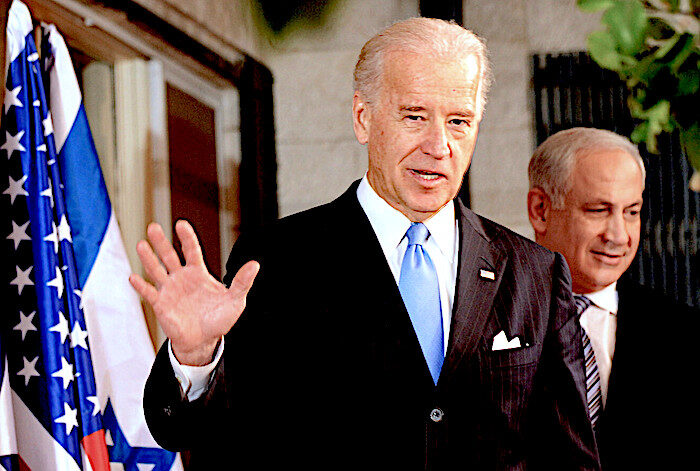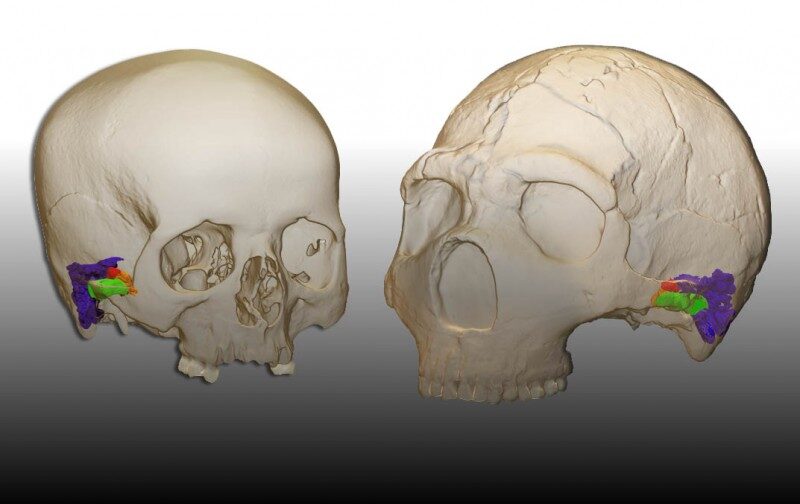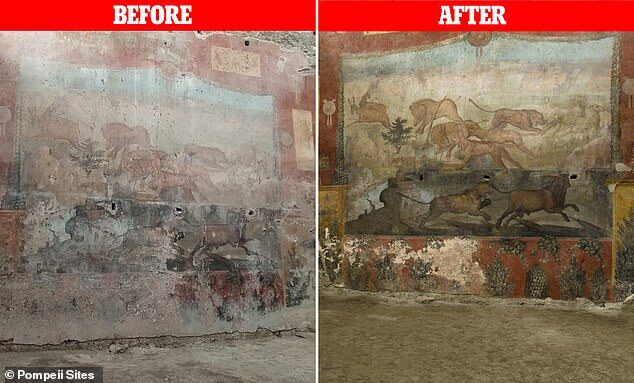
© Debbie Hill/APUS President Joe Biden • Israeli PM Benjamin Netanyahu
Until Feb. 17, U.S. President Joe Biden had delayed making the usual post-inauguration ceremonial call to the Israeli prime minister. Washington insiders concluded that
the apparent cold shoulder meant Biden had not yet signed "the letter," which Israel routinely demands of U.S. presidents to ensure the United States
doesn't mention Israel's nuclear weapons when discussing proliferation in the region or pressure the Israeli government to reduce its formidable atomic arsenal.
As described by Adam Entous in a 2018
New Yorker article,
every U.S. president since Bill Clinton has, at Israeli insistence, signed a secret letter upon entering office that effectively pledges the United States will not "press the Jewish state to give up its nuclear weapons so long as it continued to face existential threats in the region."Whatever policy the United States adopts toward Israeli nuclear weapons,
it's time it stopped this demeaning rite.The consequence for U.S. policy has been that the United States does not press Israel to give up its nuclear weapons — when doing so would have been the only course consistent with U.S. nonproliferation policy. However, Washington actively assists Israel, both diplomatically by quashing discussion of its nuclear weapons in international forums and materially by looking the other way at nuclear-related Israeli violations of law, including
some within the United States.
This included pretending in 1979 that what was almost certainly an Israeli nuclear test in the South Indian Ocean, which was observed by a U.S. satellite, didn't happen. Former President Jimmy Carter's White House and its successors classified documents and debunked what was known, but the signal evidence is
extremely compelling, as we and others have detailed in
Foreign Policy.


Comment: See also: